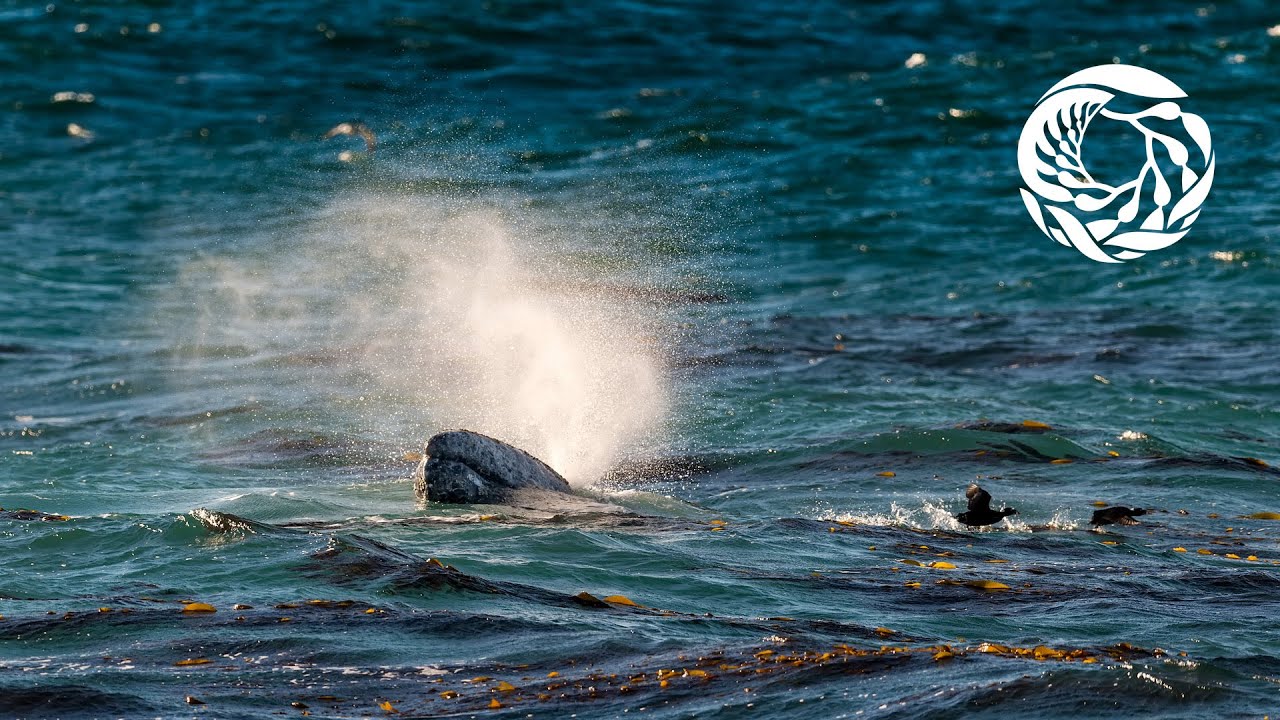– Understanding the science and drivers behind animal migration
– The critical role of migration in ecosystems and biodiversity
– The impact of climate change on migration patterns
– Conservation efforts and strategies to protect migratory species
– The significance of educating the public on migration phenomena
Migration is an essential ecological phenomenon that encompasses the seasonal movement of animals from one region to another. This process is driven by various factors such as food availability, breeding requirements, and climatic conditions. The science behind animal migration is a complex interplay of environmental signals, genetic predisposition, and survival instincts.
The drivers of migration are multifaceted. Some species, such as monarch butterflies, migrate to escape harsh winter conditions and exploit warmer climates conducive to reproduction. Birds often travel thousands of miles to access rich feeding grounds unavailable in their breeding areas. The Arctic Tern holds the record for the longest migration, traveling from the Arctic to the Antarctic and back within a year. These migrations are not only awe-inspiring feats of endurance but also highlight the deep-rooted connections between disparate ecosystems across the globe.
Migration plays a pivotal role in sustaining biodiversity. Migratory species act as pollinators, prey, and predators within their ecosystems, each fulfilling a specific niche. For instance, migratory birds control insect populations, preventing outbreaks that could devastate crops. Similarly, the migration of large herbivores in Africa, such as wildebeest, influences the distribution of nutrients across the landscape, benefiting many other species.
However, climate change significantly threatens traditional migration routes and patterns. Altered temperatures and precipitation levels can disrupt the timing of food availability, making it difficult for migratory species to find the resources they need to survive. Rising sea levels and habitat destruction can also obliterate critical stopover sites and breeding grounds. These challenges necessitate urgent conservation efforts to safeguard migratory pathways and ensure the resilience of migratory species amid a changing climate.
Conservation strategies for migratory species are diverse and include establishing protected areas that span international borders to safeguard entire migration routes. Technological advances, such as satellite tracking, have revolutionized our understanding of migration, allowing scientists to identify key habitats and threats. Policy measures, such as international agreements like the Convention on Migratory Species, aim to foster cooperation among countries to protect these global travelers. Despite these efforts, ensuring the protection of migratory species requires ongoing commitment and adaptation to evolving environmental conditions.
Educating the public on the wonders and challenges of migration is paramount. Awareness campaigns and community involvement can foster a sense of stewardship towards migratory species and their habitats. Zoos and aquariums play a critical role in this educational endeavor, offering firsthand experiences with wildlife that inspire visitors to engage in conservation efforts. By highlighting the intricacies of migration and its significance to our world’s ecological health, we can mobilize collective action to secure a future for these remarkable travelers.
In essence, migration is a testament to wildlife’s resilience and adaptability. It underscores the interconnectedness of our world’s ecosystems and the importance of maintaining ecological balance. Through concerted conservation efforts and public engagement, we can hope to preserve the phenomenon of migration for future generations to witness and appreciate.
*****
Source Description
🐋 Come along as we embark on a whale of a migration tale with the majestic gray whale. Join us at our best and biggest exhibit, the Monterey Bay, with Naturalist Madi in this first episode of Word of the Bay.
The epic 12,000-mile migration of gray whales, spanning from Alaska down to Baja California and back, rank among one of the longest migrations on Earth. Their journey is threatened by plastic pollution, which poses significant risks to marine life worldwide.
Special thanks to Monterey Bay Whale Watch and Japan Underwater Films for some of the footage used in this video.
Meet the gray whale: https://www.montereybayaquarium.org/animals/animals-a-to-z/gray-whale
____
Whale hello there! We hope you liked this video. Subscribe to our channel for more from the Monterey Bay and our mission to inspire conservation of the ocean:
https://www.youtube.com/subscription_center?add_user=montereybayaquarium
We’re on Facebook: https://www.facebook.com/montereybayaquarium
And Instagram! https://www.instagram.com/montereybayaquarium
And Tumblr! https://www.tumblr.com/blog/montereybayaquarium
And Twitch! https://www.twitch.tv/montereyaq
And TikTok! https://www.tiktok.com/@montereyaq
And Discord! https://discord.gg/montereybayaquarium
And subscribe to our emails here: https://montereybayaquarium.org/subscribe


